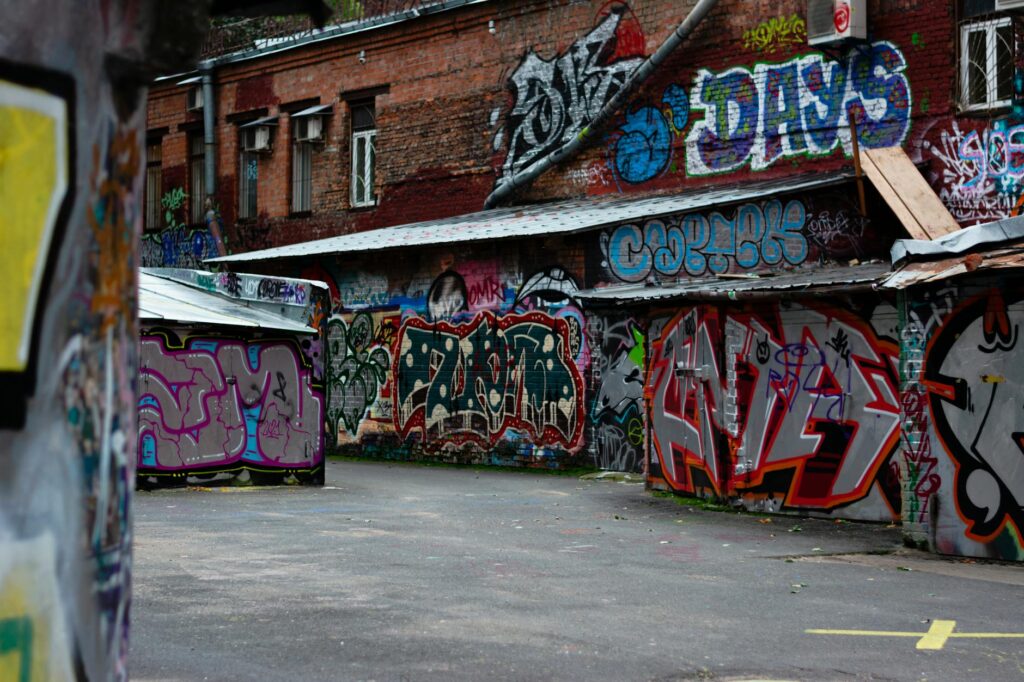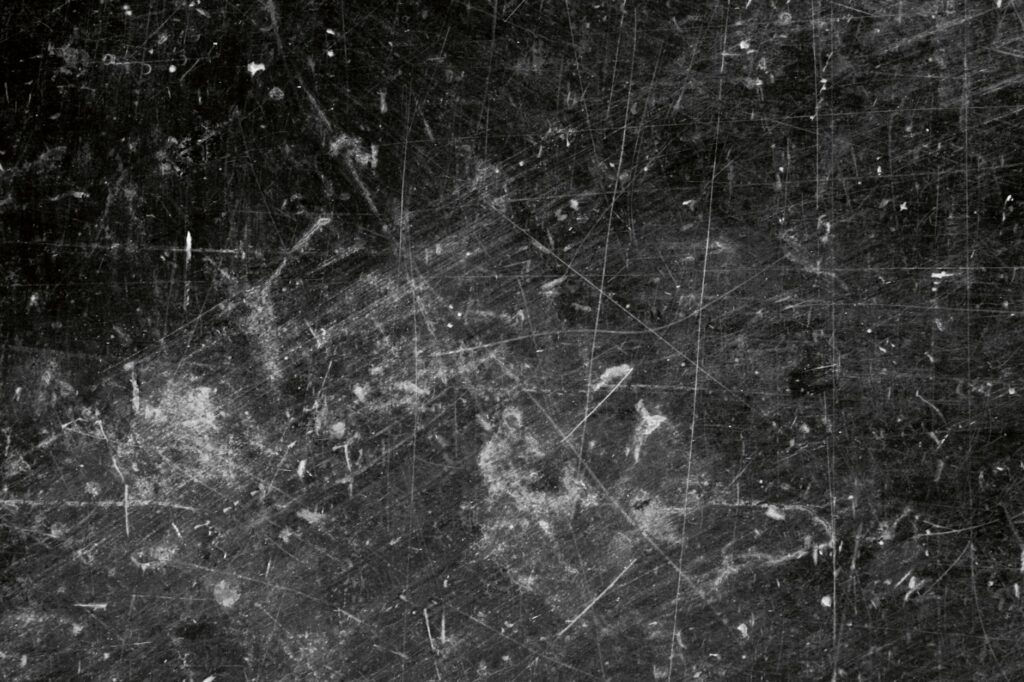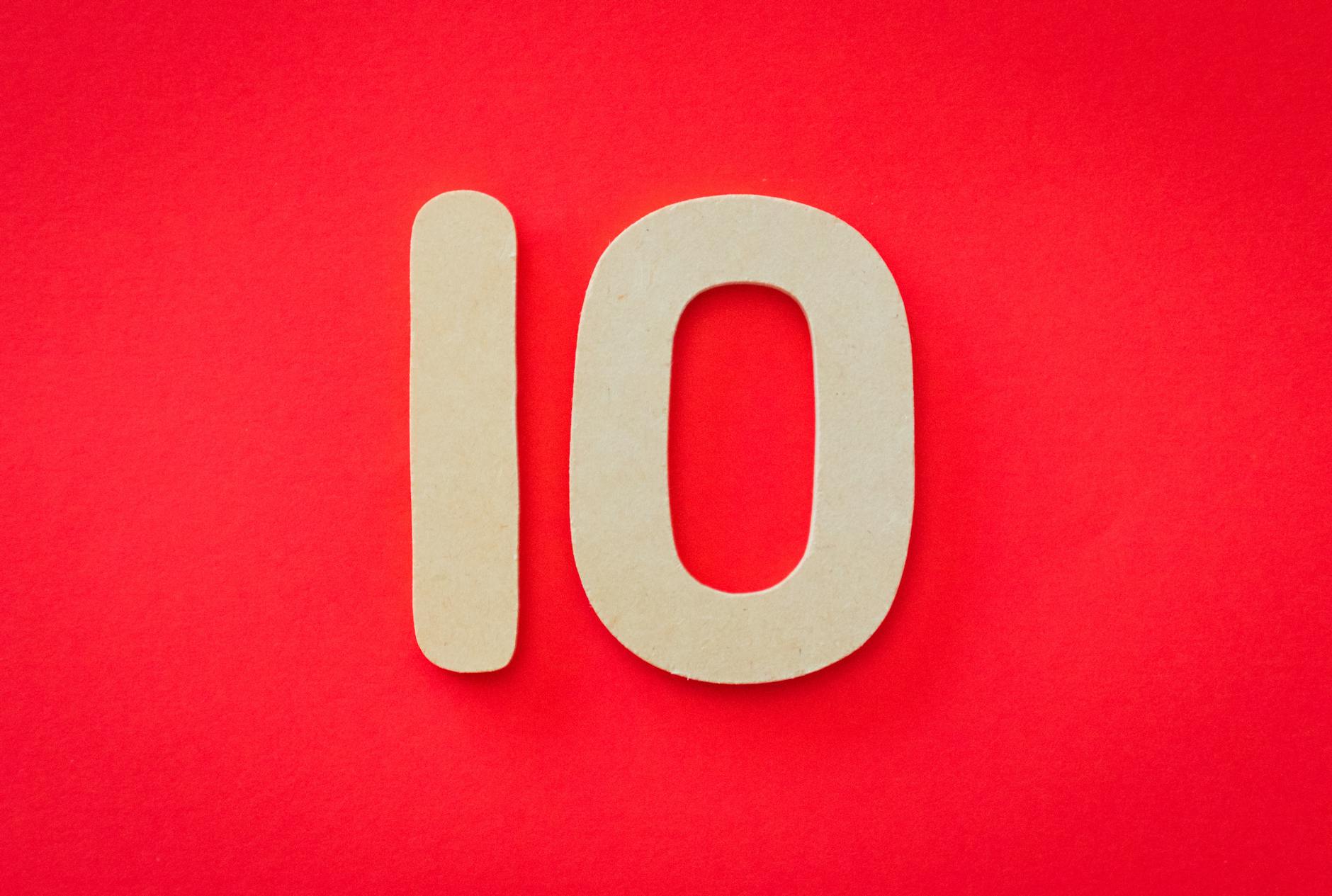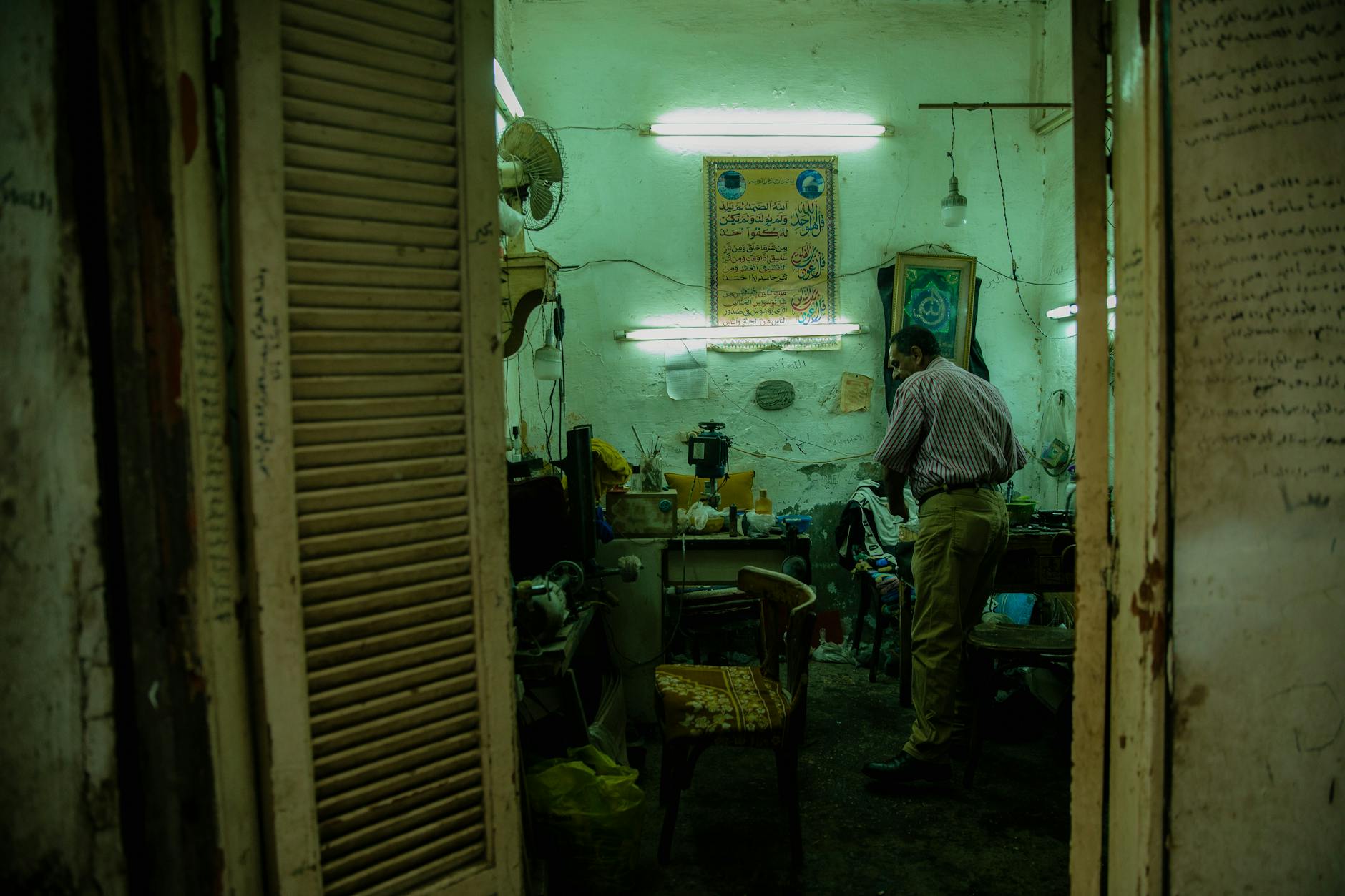Industrial design is more than just functionality; it’s a statement. This post delves into the raw, edgy aesthetic that defines a significant portion of the industrial design world, exploring its key elements and how you can embrace this bold style in your own projects.
Understanding the Raw Aesthetic
The raw aesthetic in industrial design centers on showcasing the inherent qualities of materials. Think exposed metal, unfinished wood, and visible joinery. It’s about embracing imperfection and celebrating the honest nature of the materials used. 
The Importance of Texture
Texture plays a vital role in conveying the raw, edgy feel. Rough surfaces, contrasting materials, and tactile elements all contribute to the overall effect. Consider the difference between smooth, polished steel and a piece with a hammered or brushed finish. The latter instantly adds a layer of visual interest and tactility. Learn more about texture in industrial design.
The Power of Minimalism
While raw materials might seem complex, the overall design often incorporates minimalist principles. Clean lines, simple forms, and a focus on functionality prevent the design from feeling cluttered or overwhelming. This balance between raw materials and clean design is key. 
Color Palette: Monochromatic and Earthy Tones
The color palette typically favors a monochromatic scheme or incorporates earthy, muted tones. Think blacks, greys, browns, and deep blues. These colors complement the raw materials and enhance the overall feeling of rugged sophistication. Explore color theory for industrial design.
Material Selection: Celebrating Imperfection
Material selection is paramount. Opt for materials that showcase their natural texture and character. Reclaimed wood, exposed concrete, and weathered steel are excellent choices. The imperfections and wear of these materials add to their unique appeal.  Learn more about choosing the right materials for your industrial design project.
Learn more about choosing the right materials for your industrial design project.
Functionality First, Form Follows
While aesthetics are important, functionality should always come first. A truly successful industrial design is both beautiful and practical. The edgy style shouldn’t come at the expense of usability. Check out this case study on functional industrial design.
Lighting: Accentuating the Raw Beauty
Strategic lighting is crucial for highlighting the texture and details of the materials. Consider using industrial-style lighting fixtures—think exposed bulbs and metal accents—to complete the aesthetic. Find inspiration for industrial lighting solutions. [IMAGE_4_HERE]
Embrace the Unexpected
Don’t be afraid to experiment and push boundaries. The raw, edgy style is all about embracing the unexpected and creating something unique. Mixing different textures, materials, and colors can lead to stunning results. See examples of unconventional industrial design.
Conclusion
The raw, edgy aesthetic in industrial design offers a powerful way to create bold and impactful pieces. By understanding the key elements and principles, you can harness this style to design functional and visually striking products.
Frequently Asked Questions
What defines the “raw” aesthetic? The raw aesthetic showcases the natural qualities of materials, embracing imperfection and highlighting texture.
What materials are commonly used? Reclaimed wood, exposed concrete, weathered steel, and exposed metal are popular choices.
How can I incorporate this style into my projects? Start by selecting raw materials, focusing on texture, and using a minimalist approach with a monochromatic or earthy color palette.
Is the raw aesthetic suitable for all designs? No, it’s best suited for projects where a bold, industrial feel is desired.
Where can I find more inspiration? Explore industrial design blogs, magazines, and online portfolios for ideas and examples.





